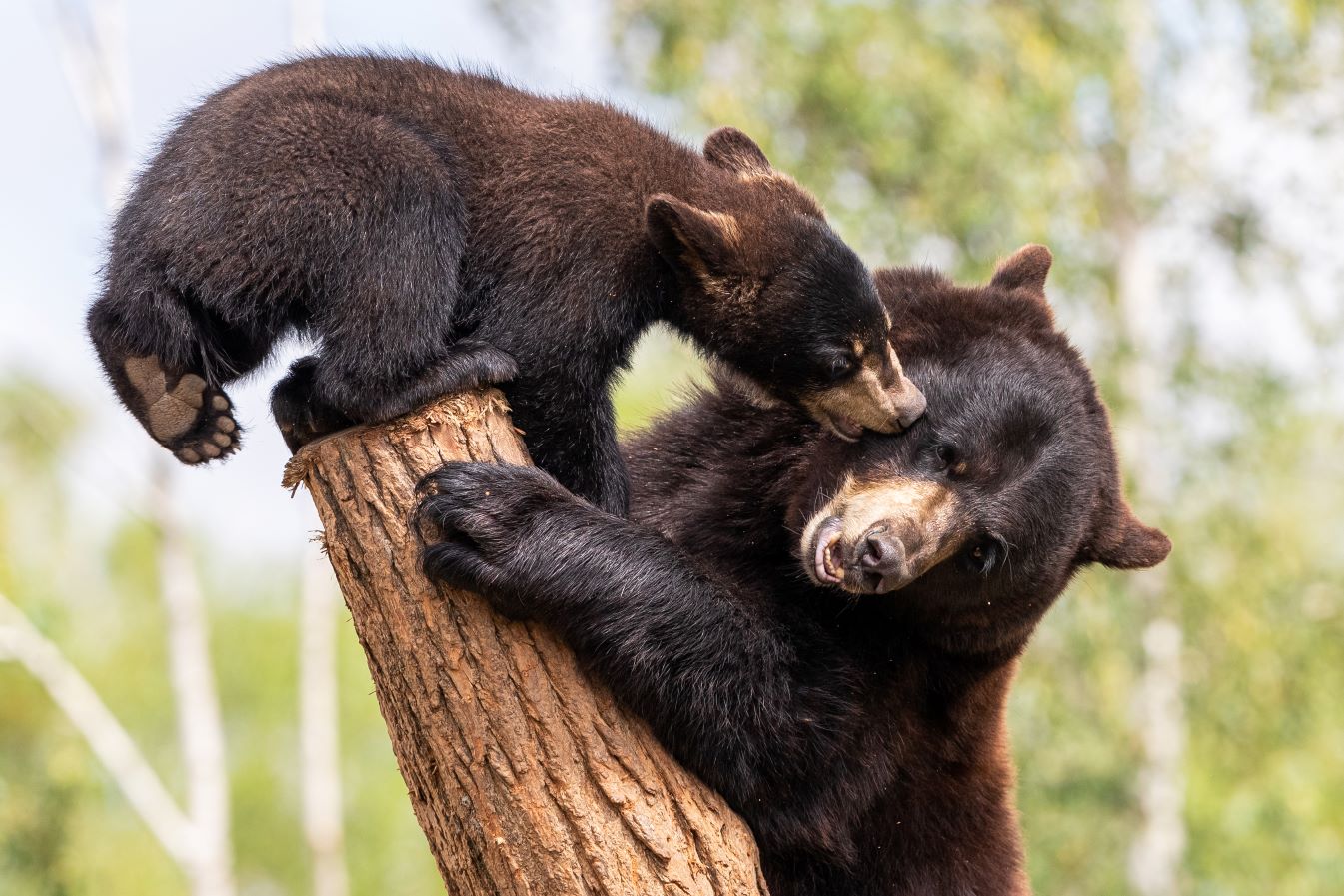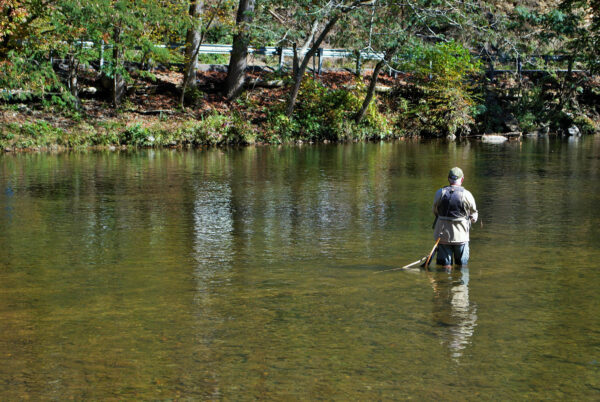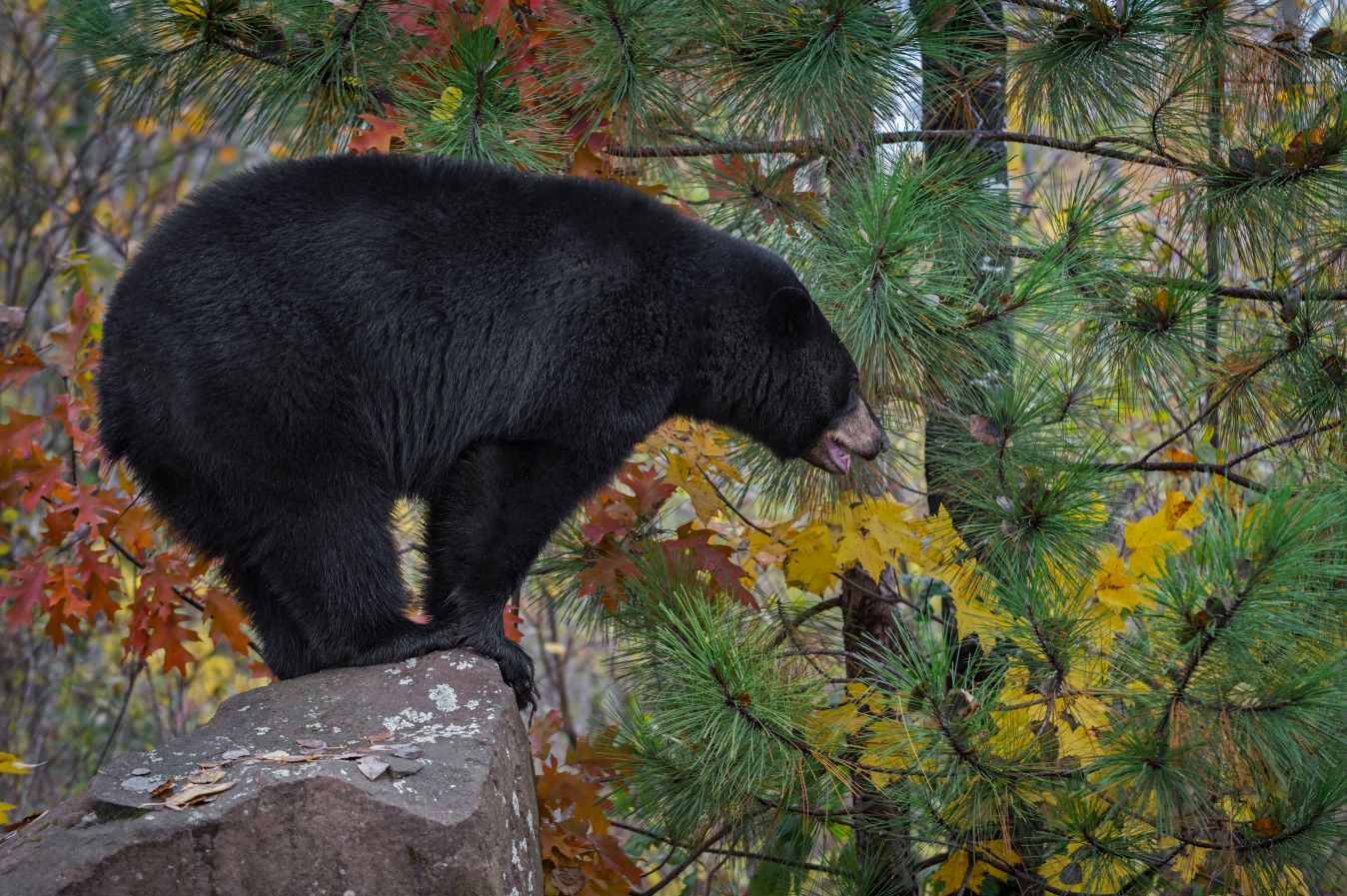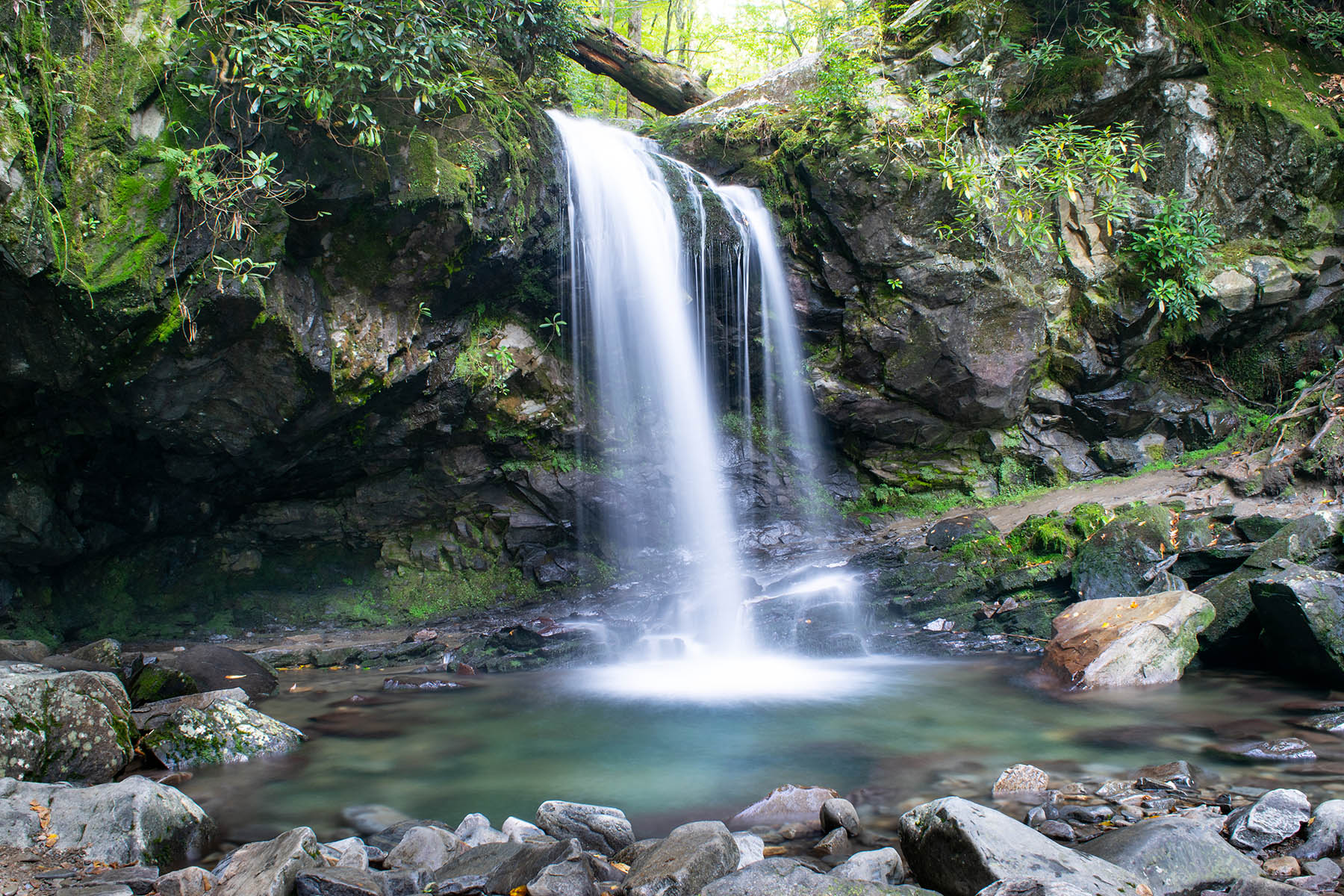The Great Smoky Mountains is not only renowned for its majestic landscapes and rich cultural heritage but also for its diverse and thriving wildlife. As one of the most biodiverse regions in North America, this mountain range and its surrounding areas provide a haven for numerous species, including mammals, birds, reptiles, and more. Embark on a journey through this natural wonderland and be prepared to encounter a remarkable array of wildlife that calls the Smoky Mountains home.
The Wildlife of the Smoky Mountains
The rich and diverse wildlife found in the Smoky Mountains is a testament to the region’s long-standing history and unique ecological context. Dating back millions of years, the Great Smoky Mountains have served as a refuge for countless species, thanks to its favorable climate, varied topography, and abundant food sources.
The Great Smoky Mountains National Park, established in 1934, encompasses a significant portion of the region and plays a vital role in preserving and protecting its natural heritage. Recognized as a UNESCO World Heritage Site, the park spans over 800 square miles, making it the largest protected area in the eastern United States. Its status as an International Biosphere Reserve further emphasizes its importance in conserving the diverse ecosystems and wildlife that call this region home.
The area’s geological history has played a crucial role in shaping the diverse habitats found within the Smoky Mountains. From ancient rock formations to the intricate network of rivers and streams, these natural features have created a mosaic of environments, providing niches for a wide array of flora and fauna.
Furthermore, the Smoky Mountains’ location in the eastern temperate region of North America contributes to its remarkable biodiversity. The convergence of northern and southern species in this area results in a unique blend of plant and animal life. The mix of deciduous and coniferous forests, meadows, and wetlands supports an intricate web of life, creating a haven for countless species to thrive.
Black Bears : The Iconic Symbol of the Smokies
One of the most iconic inhabitants of the Smoky Mountains is the American black bear. With an estimated population of around 1,500 bears, encounters with these magnificent creatures are possible during your visit. While they are generally shy and elusive, you may spot them foraging for food or playing in open meadows. Exercise caution and maintain a safe distance if you encounter a bear, respecting their natural habitat and behavior.
White-Tailed Deer
Another common sight in the Smoky Mountains is the white-tailed deer. Known for their graceful movements and distinctive white tails, these herbivores thrive in the forested areas of the region. Keep an eye out for them as you explore the trails, especially during dawn and dusk when they are most active. If you’re lucky, you may witness the enchanting sight of fawns gracefully following their mothers through the wilderness.
Birds
The Smoky Mountains provide a paradise for bird enthusiasts. Over 240 species of birds have been recorded in the region, including the stunning scarlet tanager, the melodious wood thrush, and the iconic pileated woodpecker. Look up and listen for their songs as you hike through the forests or visit open meadows. The early morning hours are particularly rewarding for birdwatching, as the woods come alive with their delightful melodies.
Salamanders
The Smoky Mountains are renowned for their incredible salamander diversity. With approximately 30 species found in the region, these fascinating amphibians can be discovered in and around the numerous streams, waterfalls, and mossy rocks. Keep a close eye on the forest floor and damp areas as you explore, and you may be lucky enough to spot these small, elusive creatures with their vibrant colors and unique patterns.
Elk and Wild Turkeys
In the Cataloochee Valley of the Great Smoky Mountains, visitors have the opportunity to witness the reintroduced elk population. These magnificent creatures, once on the brink of extinction, now roam freely in the meadows, offering a captivating spectacle. Additionally, keep an eye out for wild turkeys, with their impressive plumage, as they strut through open fields and woodlands, showcasing the region’s diverse birdlife.
Preserving the Wildlife of the Smoky Mountains
While the Smoky Mountains’ wildlife faces ongoing challenges, including habitat fragmentation and climate change, the efforts of conservation organizations, park authorities, and dedicated individuals have played a crucial role in preserving this ecological treasure. Ongoing research, monitoring, and habitat restoration projects help to safeguard the region’s biodiversity and ensure a sustainable future for the wildlife that inhabit these mountains.
Visitors to the Smoky Mountains have the opportunity to witness firsthand the importance of protecting and appreciating the natural wonders of this region. By respecting wildlife and their habitats, practicing responsible outdoor ethics, and supporting conservation initiatives, we can contribute to the continued preservation of the diverse wildlife and ecosystems that make the Smoky Mountains a true natural paradise.
Enjoy the Wildlife of the Smokies
The Great Smoky Mountains National Park and its surrounding areas are a haven for wildlife, offering visitors a remarkable opportunity to connect with nature and witness the beauty of the animal kingdom. From the iconic black bears to the melodious birds and the elusive salamanders, this diverse ecosystem showcases the importance of preserving and protecting these natural wonders. As you explore the Smoky Mountains, remember to observe wildlife from a safe distance and embrace the privilege of encountering these incredible creatures in their wild and untamed habitat.

















Share This Page